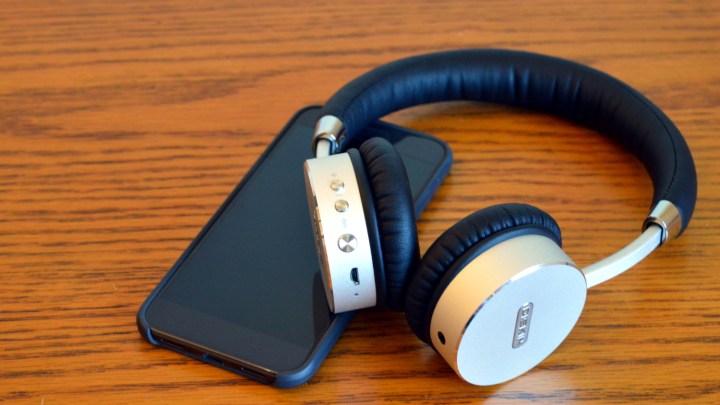
Now, as noted by some engineers in the original post, some third parties — including Samsung, LG, and OnePlus — have supported the feature in their software for some time now, as has iOS. So in this case, Google is finally adding a feature to stock Android devices that others have been thinking about for a while. It is also not clear exactly when the feature will make its way to a full Android release — though considering the next Pixel is rumored to do away with the headphone jack, it wouldn’t be all that surprising to see it pop up in
We also do not yet know exactly how the feature will be implemented on Android. As noted in a report from The Verge, the battery status may show up in a notification or somewhere in the settings. Thankfully for phone manufacturers, it looks like the feature is customizable, so they can have it show up wherever they want or wherever it fits into their software.
Android O is the next major release of
Editors' Recommendations
- Android 15 might add a new way to charge your gadgets
- iOS 18 could make my iPhone look like Android, and I hate it
- If you have one of these apps on your Android phone, delete it immediately
- I used a new type of smartphone that could replace Android
- Your Android phone just got an update that could save your life
